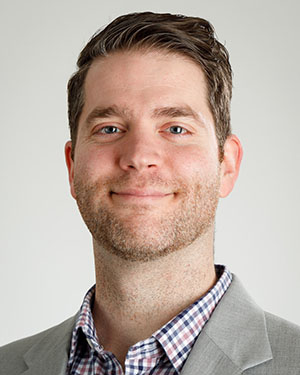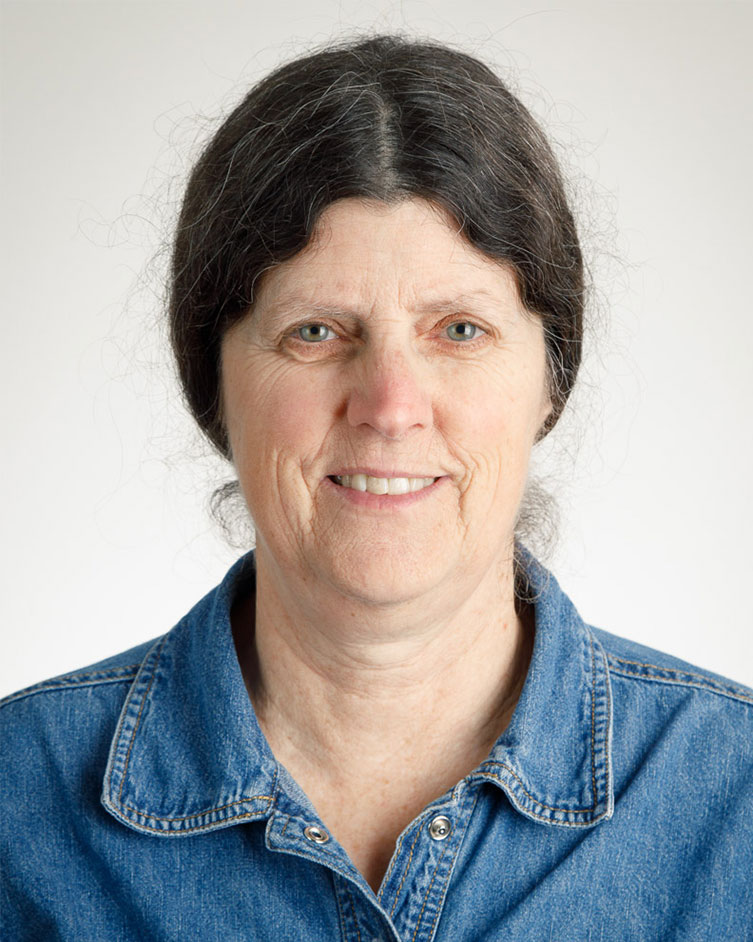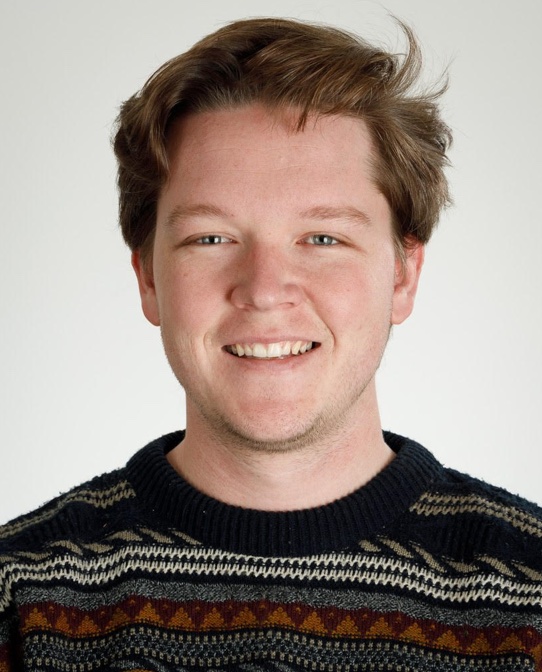Preface
Updates
This lab manual has been updated as of July 2025 after receiving feedback from our teaching assistants, students, and other faculty members.
Using this Lab Manual
If you want to be successful using this lab book, here is some advice from previous students and teaching assistants on how to answer the questions.
-
- Read the entire question carefully before answering.
- Read image captions—they provide essential information about the image.
- For some exercises, it is helpful to use a computer or tablet to view figures as a larger image. Or you may want to plot a graph.
- Your answers should emphasize critical thinking. For many questions, there are no correct or precise answers.
- Come prepared to engage with your instructors and fellow students. Many exercises need good teamwork.
- The more you can think about the subject of the lab, the better your answers will be.
For completing the questions, be sure to:
-
- Capitalize the first word in each sentence.
- Use capitalization correctly (e.g., for state names).
- Include a full stop at the end of each sentence.
- Do not write using abbreviations such as b/c, btw, imo, or other shorthand.
- If a question requires a yes/no answer, begin with “Yes” or “No” and then explain.
Remember, this is a critical thinking class, and you should come prepared to engage and think.
About this Lab Manual
While there are plenty of options available for Physical Geology lab manuals, we wanted to create a low-cost option for our students. Hence, this lab manual that speaks to the nature of our teaching philosophy, giving our students a quality education and encouraging them to observe and think about the world around them. There are many physical processes that have formed our Earth. We hope you enjoy exploring these. If you continue on in geology and take Historical Geology, you may want to use our open access lab book, The Story of Earth: An Observational Guide, 2nd Ed.
Through our own teaching experiences, we have found that students have difficulty making observations and interpreting them. Perhaps this results from the abundance of standardized tests students must take throughout their school career, but nonetheless, it is a problem that we have observed. Our philosophy is that learning is best done by doing and thinking. Perhaps this Japanese proverb, “Better than a thousand days of diligent study is one day with a great teacher” can be changed to include a day with a great lab manual.
Our goal in creating the material for this lab manual was to focus making observations of geologic data as we want you to look at things and wonder why and how they formed. The exercises and examples used in this book are scattered throughout the world. We wanted to make sure that one region of the world was not the sole focus of this work.
As you read the chapters, you’ll notice the tone of the text is very casual. This was important to us because many geology texts are dense and, at times, complicated to read because of the vocabulary. Complicated text is more than likely not going to be read by students. Therefore, we have tried to break down concepts and terms into simple explanations and discussions.
We were fortunate enough to have our University Library sponsor our participation in the Rebus Textbook Success Program, a year-long program on creating open-access materials. The experience is a must for anyone wanting to create quality open-access materials. They also provided a grant to support our efforts.
If you are a faculty member or teaching assistant using this lab book for the first time, please contact us for our guide to teaching and possible answers. Many of the answers are open-ended, with several possible interpretations of the same data. This is part of our philosophy that data is open to interpretation, and there might not be one correct answer. For students reading this, just try your best and discuss why you believe your interpretation may be right with your professor or TA.
About the Authors
Drs. Daniel Hauptvogel and Virginia Sisson are instructional faculty in the Department of Earth and Atmospheric Sciences at the University of Houston. We are a team that shares many responsibilities, including the oversight and training of our department’s ~64 graduate teaching assistants, directors of our Geoscience Learning Center where our teaching assistants hold their office hours and students come in for tutoring, coordinators for about 15 sections of physical geology lab per semester, and a few sections of historical geology lab per year. Michael Comas was a graduate student at UH who made significant contributions.
Daniel Hauptvogel

I’m an Instructional Associate Professor and have been at UH since 2015. Currently, I teach GEOL 1303 Physical Geology and GEOL 1370 Natural Disasters. I received a Teaching Excellence Award in 2019 and the John C. Butler Excellence in Teaching Award in 2023. I was born and raised in New Jersey, where I attended Montclair State University for my B.S. and M.S. in geology and went to The Graduate School and University Center of the City University of New York for my Ph.D. I didn’t start as a geology major though, in fact, I didn’t declare geology as my major until my junior year. I sort of floundered around trying to figure out what I wanted to do, and my grades showed it. However, once I joined the geology program, I felt at home, and it has been smooth sailing ever since.
<My graduate training in geology was in paleoclimate with a focus on sediment geochemistry, particularly in Antarctica. I began research on Antarctica as an undergraduate after my mineralogy professor suggested I get involved in undergraduate research. I continued to study Antarctica with different projects throughout my master’s and Ph.D. Today, I find myself more interested in geoscience education and student success.
I credit my initial interest in geology to my grandfather, who lived in the Rocky Mountains of northwestern Montana near Glacier National Park. During my visits, we went to various mountains, lakes, parks, etc. The most memorable of which was Hidden Lake in Glacier National Park. I was too young to appreciate the views and the geologic significance of the area, but now I’m longing to return there.
Virginia Sisson

I’m an Instructional Professor and the co-director of the UH summer field geology camp at the Yellowstone Bighorn Research Association camp near Red Lodge, Montana. For this, I got the ExxonMobil-Geological Society of America Field Camp Excellence Award. Before I moved to Houston, I did my Ph.D. at Princeton University and an A.B. at Bryn Mawr College. Initially, I worked at Rice University before moving across town to UH. Now, I teach Physical Geology and create virtual field trips. In 2023, I received the Grover Murray Outstanding Educator award from the American Association of Petroleum Geologists. I also am a fellow of the Geological Society of American and Mineralogical Society of America.
Like many geologists, I went to college planning on another major. In high school, I loved hiking, bird watching, and backpacking and walked the Long Trail through Vermont and the Appalachian Trail through Maine. These experiences cemented my love of being outdoors. Also, one of my uncles was a geologist and my piano teacher used to bring me fossils from her hometown. So, after I learned that biology was not same as ecology, I decided to try geology. Then I saw all the places that my geology professors had traveled, I quickly switched my major to geology. Prior to coming to UH, I did field work in British Columbia, Alaska, and Venezuela working on metamorphic rocks (and sometimes igneous rocks as well). Now when I’m back in Houston, I use tools such as geochemistry, geochronology, fluid inclusions, cathodoluminescence, remote sensing, UAVs (drones), structural geology, and tectonics. Some of my research has touched on global geochemical cycles. Recently, I’ve focused on the geology of jade and associated rocks in Guatemala.
Michael Comas

I graduated with a Master’s in Geology from UH in 2023 and am now a geologist at an environmental consulting firm in Atlanta, Georgia. I grew up in Birmingham, Alabama and completed my undergraduate degree in Environmental Science from the University of Alabama in 2020. My love and desire to learn more about the outdoors started from a young age. I began hiking with my father just about as soon as I could walk and eventually joined the Boy Scouts which is where my interest in our environment truly blossomed. When I initially began my undergraduate degree at UA I was studying finance, but I found myself largely disinterested in the coursework. The call of the outdoors beckoned me, and I decided to switch my major to Environmental Science late in my sophomore year. I believe this decision was perhaps the most important one of my life thus far.
I soon began to get involved in different labs studying and working under many talented scientists. I conducted work on forestry dynamics, volcanic lightning, and micro paleontology. This ultimately led me to develop a passion for climate science and sedimentology and my connections through UA lab work afforded me the chance to join a lab at the University of Houston studying modern glacial dynamics in Antarctica for my Master’s. Being from Alabama, snow and ice had always fascinated me as I was only able to see it once every year or so when the conditions were just right. You can imagine how dumbfounded I was upon seeing icebergs larger than US states and an ice sheet that covered an entire continent when I traveled to Antarctica for field work in early 2022.
Not only was I able to conduct field work in Antarctica, but I also studied sediments in the field across the Western US in Washington, Utah, and Wyoming. Closer to home, I worked with atmospheric scientists at UH to study ozone interaction over Galveston Bay to better understand the complicated relationships between the area’s subtropical climate, summer storms, industrial emissions, high ozone levels, public health, and socioeconomics. On top of field work, I taught undergraduate laboratory courses in Physical Geology, Sedimentology/Stratigraphy, and Field Methods during my time at UH. My teaching allowed me to further develop my passion for graphic design which I discovered through my thesis work. I feel incredibly lucky to have been able to see and learn so much about our world through my studies, and I have no desire to slow down any time soon.
Other Contributors
Many people contributed to the creation of this lab manual in the form of exercises, images, and editing, including several graduate students from the University of Houston.
- Tarryn Aucamp – UH Ph.D. student
- Lizabeth Arellano – UH Ph.D. student, now at U.S. International Boundary and Water Commission
- Sui Jia – UH Ph.D. student
- Pragya Lama – UH Ph.D. student
- Tom Lapen – UH professor
- Dave Layzell – University of Calgary professor
- Alex Maze – Michigan Tech undergrad student
- Andrea Paris – UH Ph.D. student, now at Exxon Mobil
- Alex Robinson – UH professor
- Will Sager – UH professor
- Somaria Sammy – UH M.S. student, now at City of Houston (GIS)
- Kaitlin Thomas – UH M.S. student, now at Friendswood TX ISD
- Ana Vielma – UH Ph.D. student, now at Diamondback Energy
- Yin-Kai Wang – UH Ph.D. student, now at BP
- Jonny Wu – UH Professor, now at University of Arizona
- Xiao Yu – UH Ph.D. student, now at Morgan State University (post-doc)
Who is Using this Lab Manual?
Citing This Book
Please use the following citation:
Hauptvogel, D., Sisson, V., and Comas, M. (2024). Investigating the Earth: Exercises for Physical Geology. Houston, TX: UH Libraries.
Accessibility
We have designed this lab manual with accessibility in mind using W3C standards. All text has proper headings, text, and background coloring meet the highest standards with a contrast ratio of at least 7:1, all images have descriptive alt text, and all hyperlinks open in the same window (you’ll need to right-click links to open them in a new tab or window). If you find any accessibility errors or have suggestions to improve accessibility, please contact Daniel Hauptvogel at dwhauptvogel@uh.edu.
Copyright
This manual carries a CC BY-NC-SA license, which means you are free to use and adapt this material as needed, provided you give appropriate credit, share it under the same copyright terms, and use it for non-commercial purposes. Most images used in this lab manual are open-access and have some variation of a CC license indicated in their captions. Some images have been used with permission from the original creator, also stated in the captions. Most of our were created using Adobe Illustrator and Affinity Designer. Our maps were created with QGIS. For those interested, we can provide original image and map files upon request. Please contact Daniel Hauptvogel at dwhauptvogel@uh.edu. It is a violation of our creative commons license to upload any of this material to tutoring sites such as Chegg or Course Hero. Please respect our efforts to create open-access material and do not upload material or answers.
For your convenience, we have uploaded a printable file to Lulu Press that you can order. We do not collect revenue on printed copies ordered from Lulu Press, thus keeping the non-commercial aspect of this work. The cost is what Lulu charges to print the materials. Paying for or charging money for printing CC BY-NC materials does not violate the copyright license. The Second Circuit resolved this issue in 2018 in its decision in Great Minds v. FedEx Office & Print Services, Inc., No. 17-808, holding that there was no violation of a non-commercial license when a for-profit printer was paid to print material for a school district’s classroom (non-commercial) use. It was determined the printer (FedEx) was acting as an agent of the licensee (the school district) to print the material for school use and was not engaging in its own commercial use.
Cover Image Credits
- Enchanted Rock Photo: J.B. Hill, CC BY
- Gneiss: James St. John, CC BY
- Relief Map: New York Public Library, Public Domain

